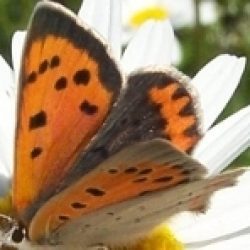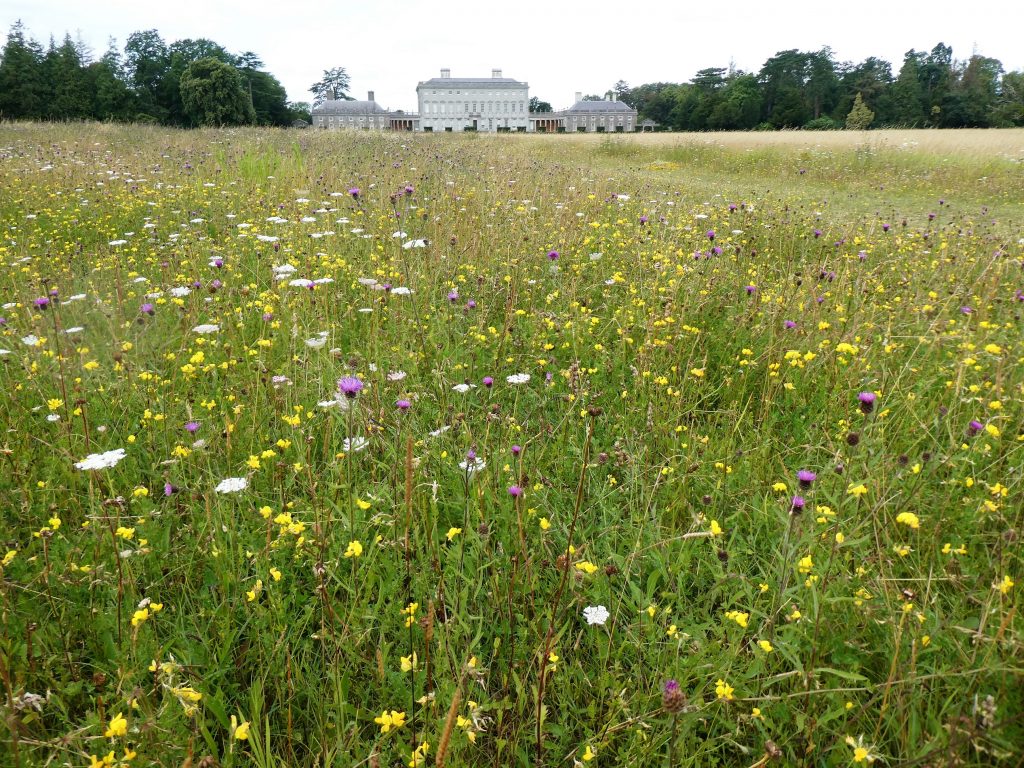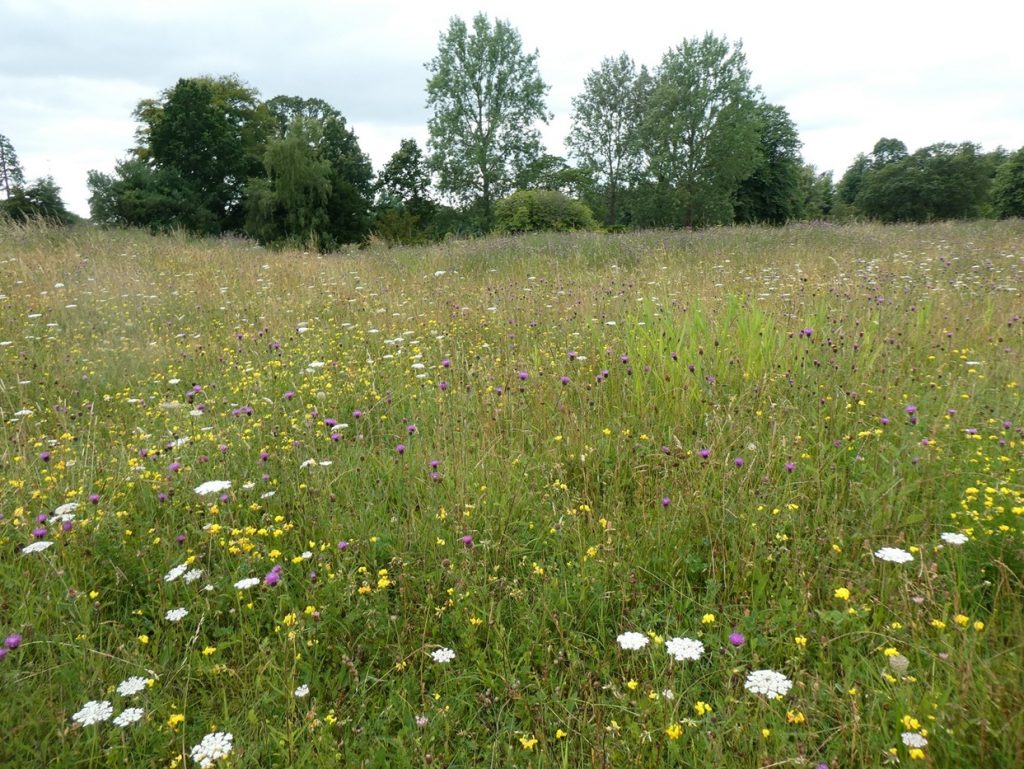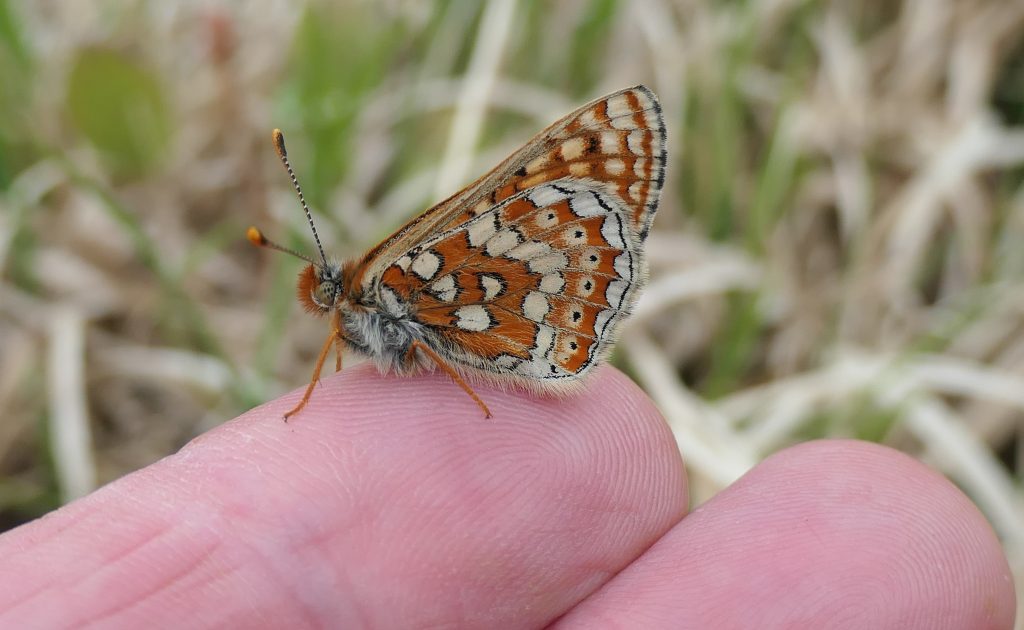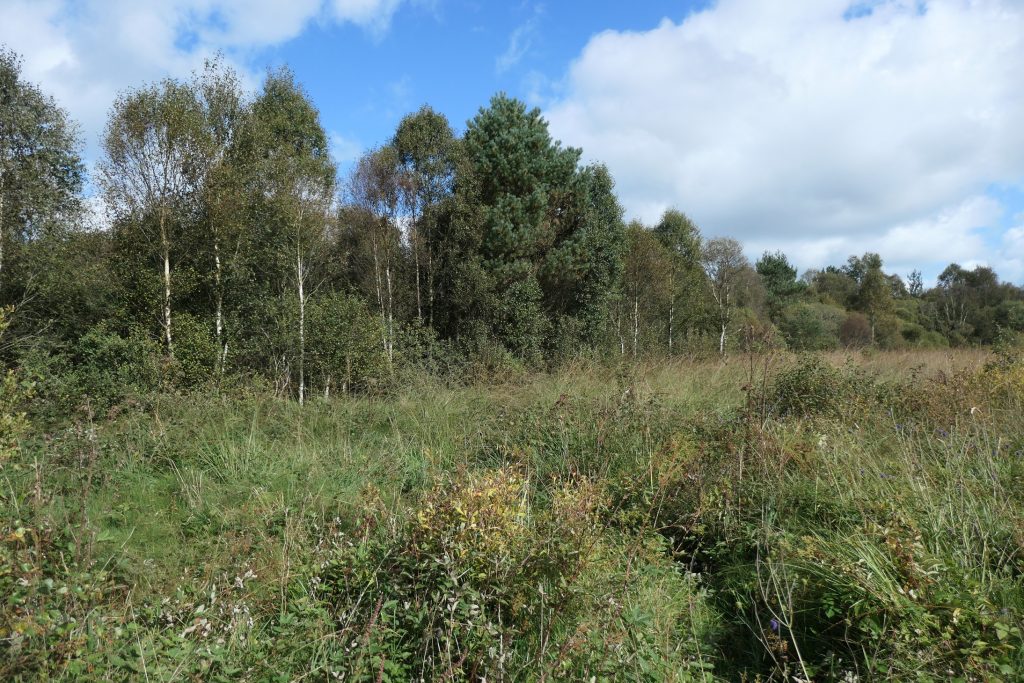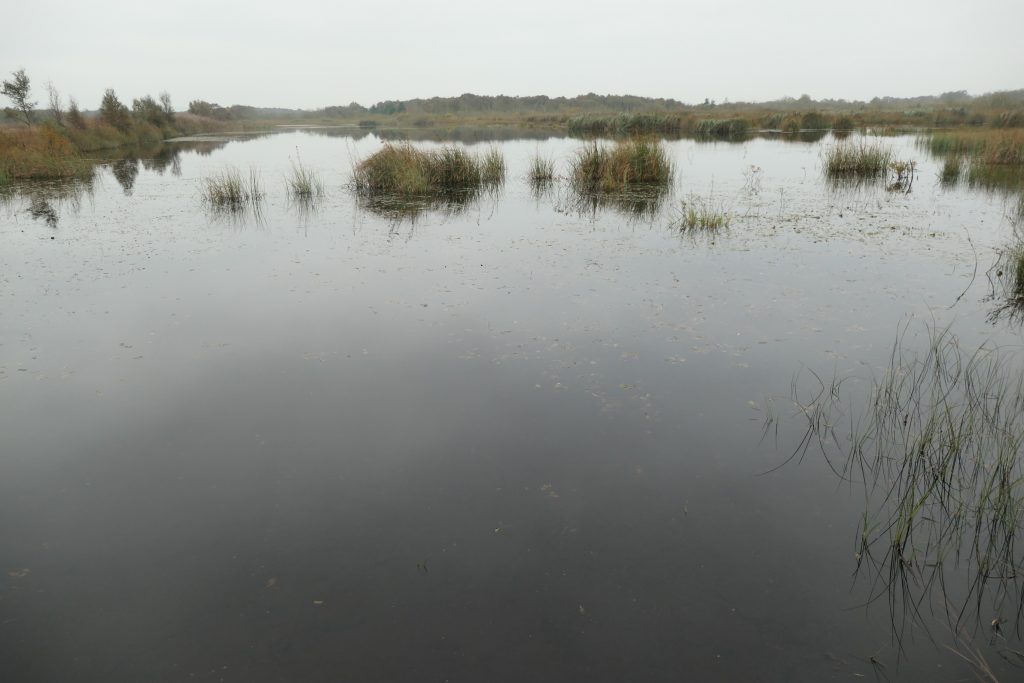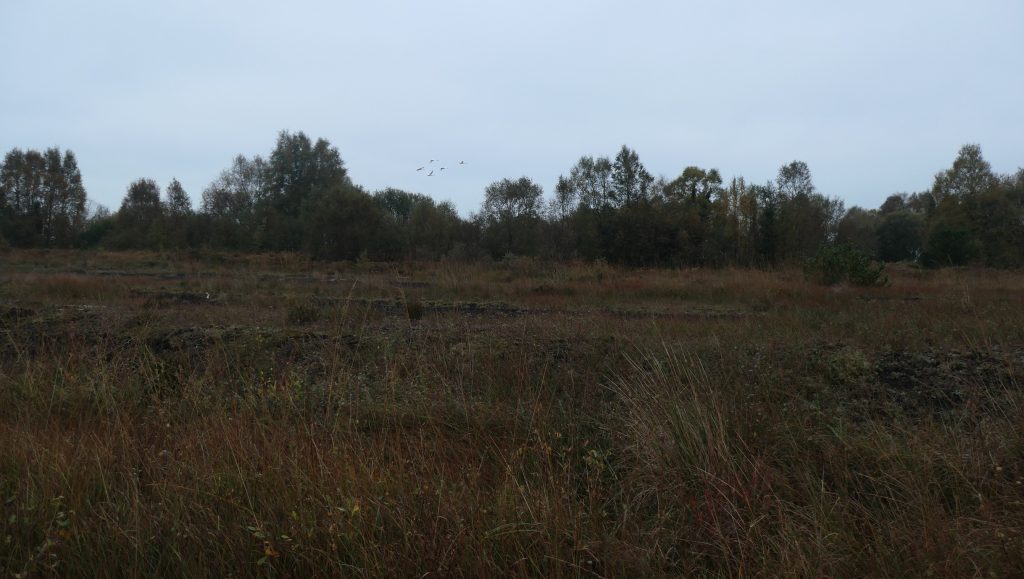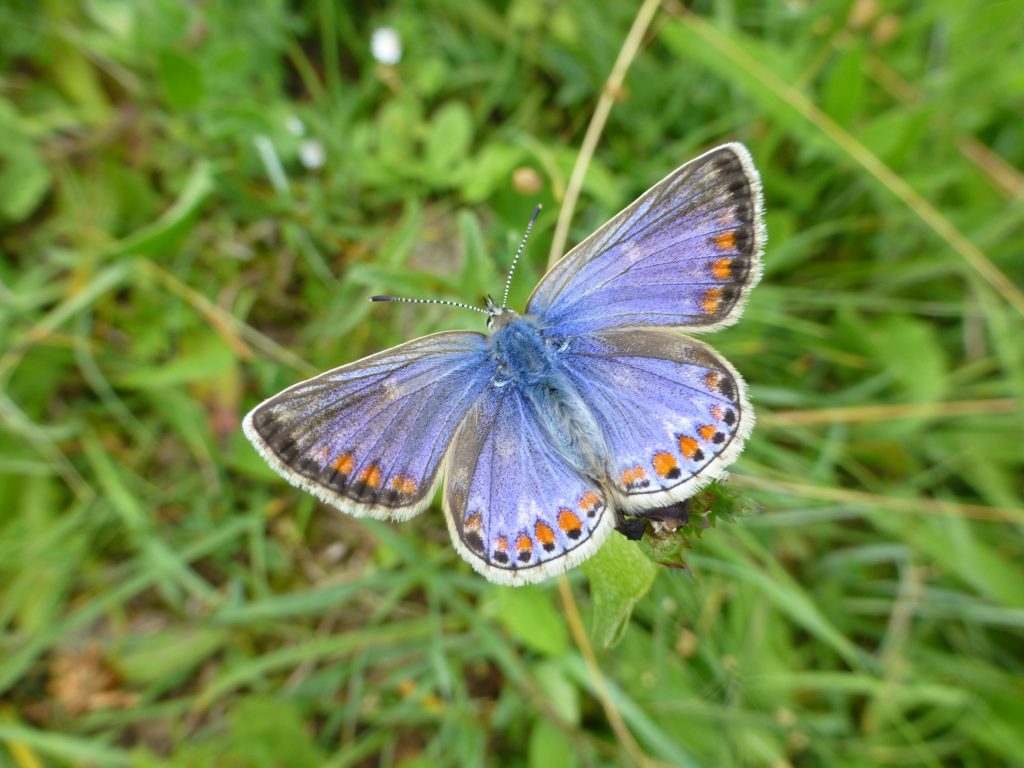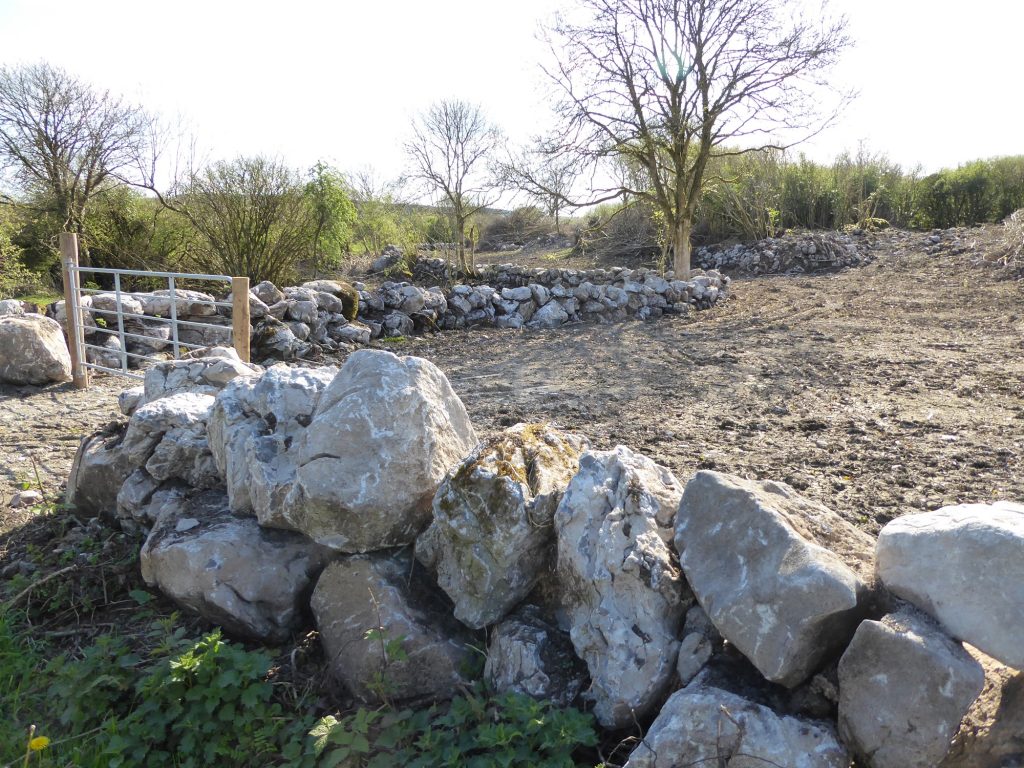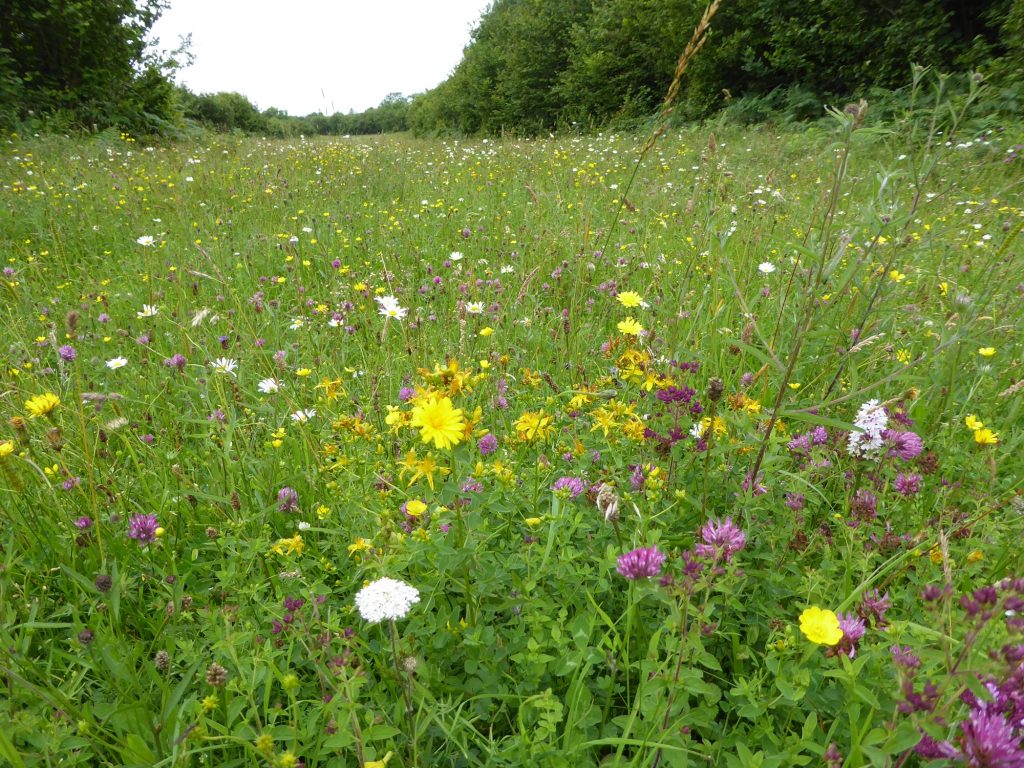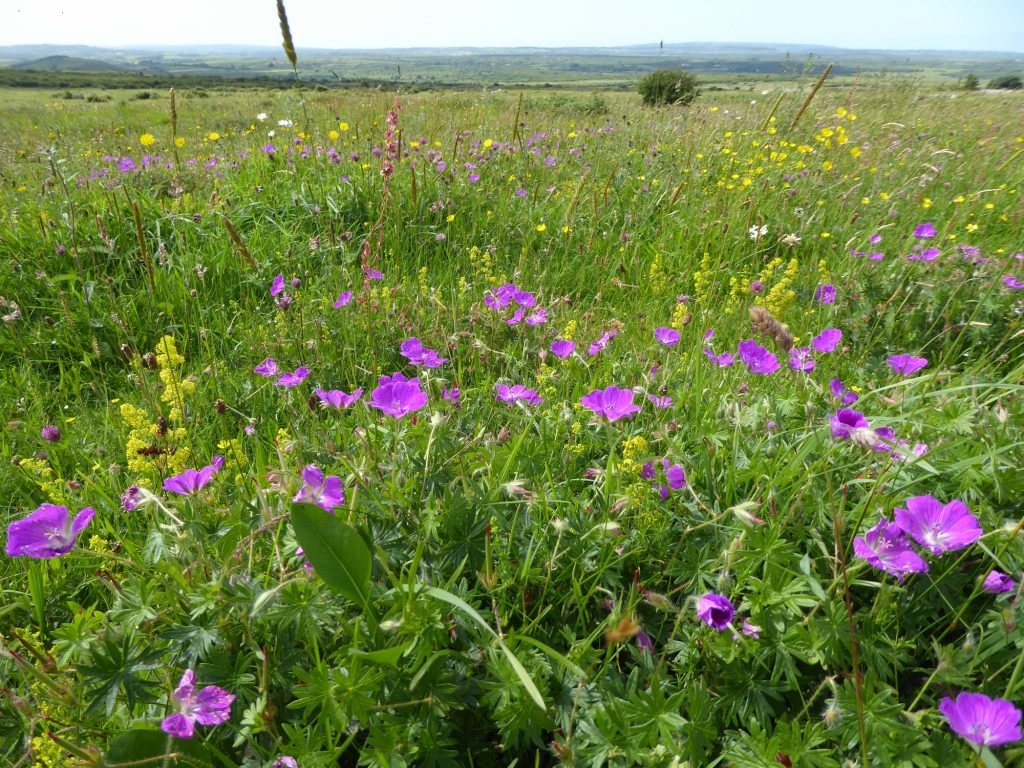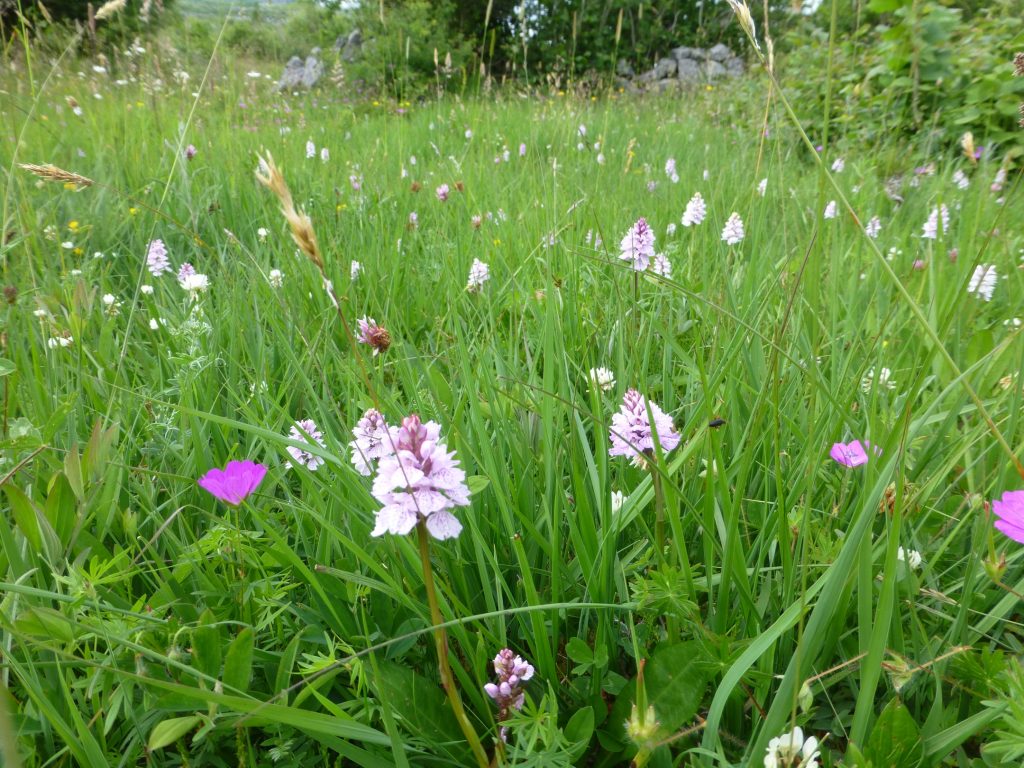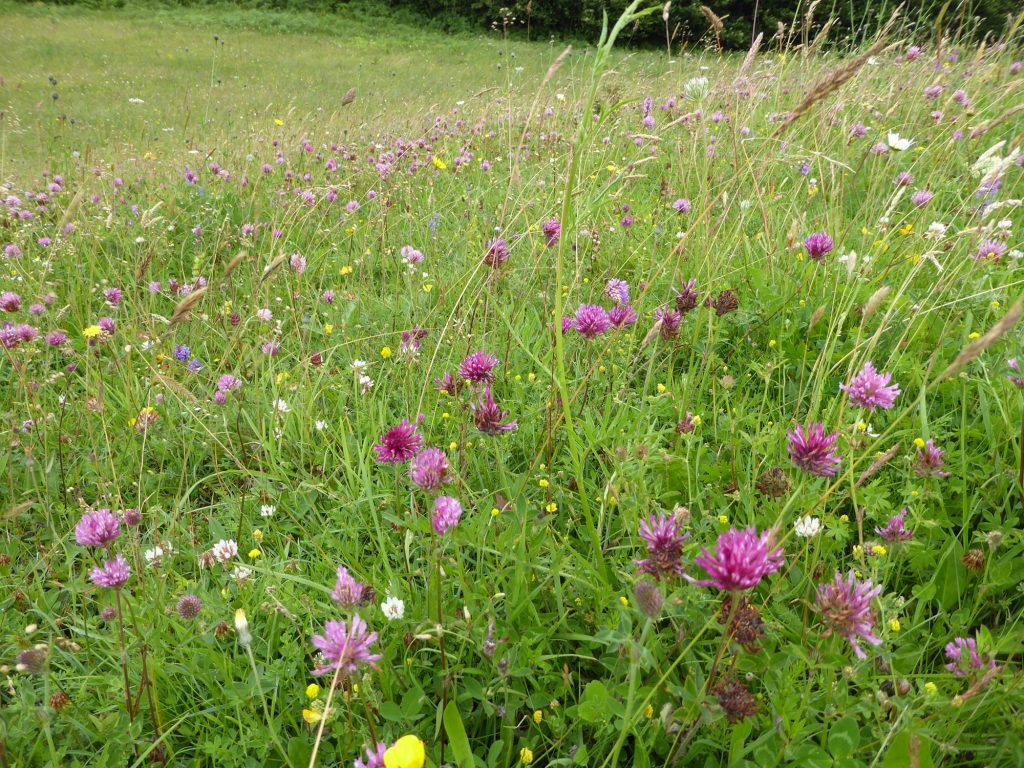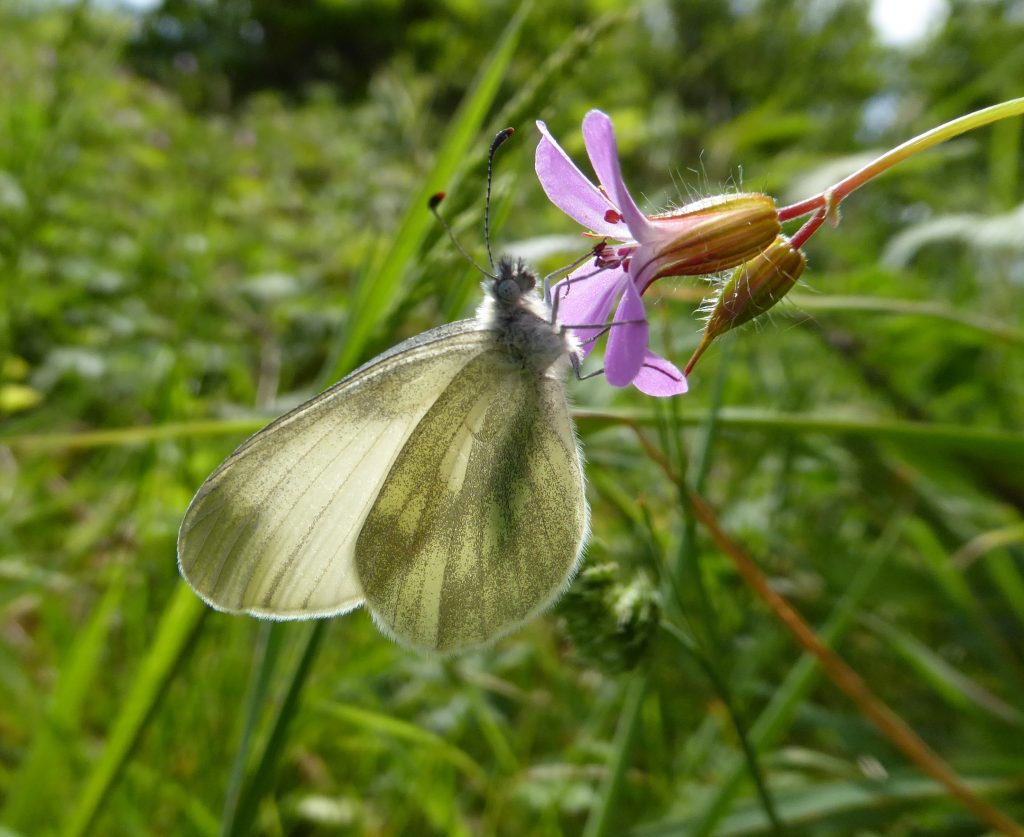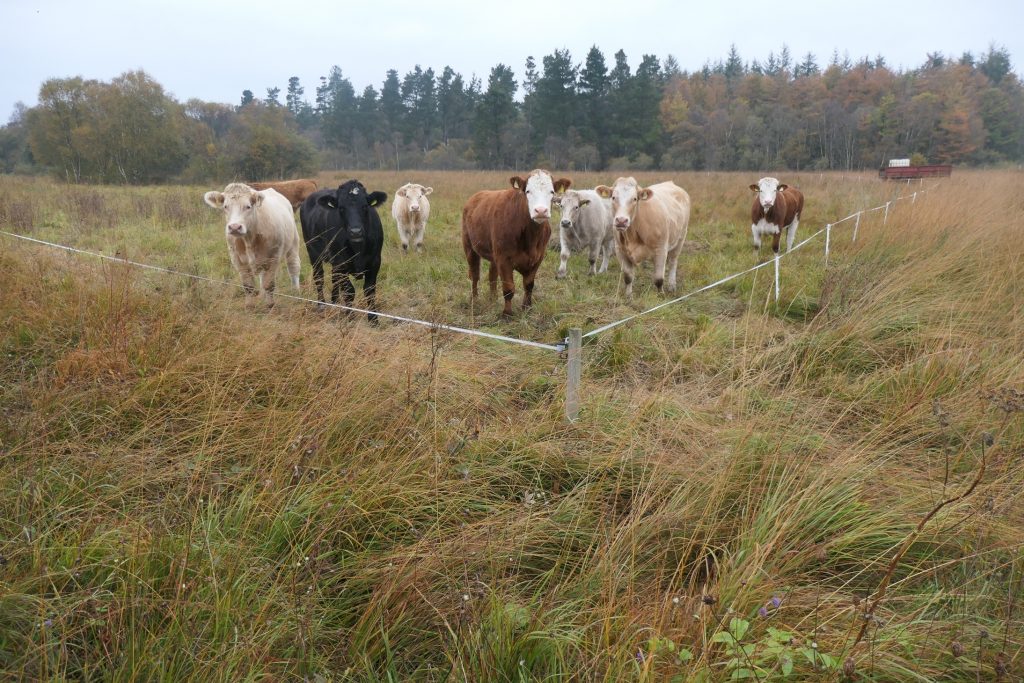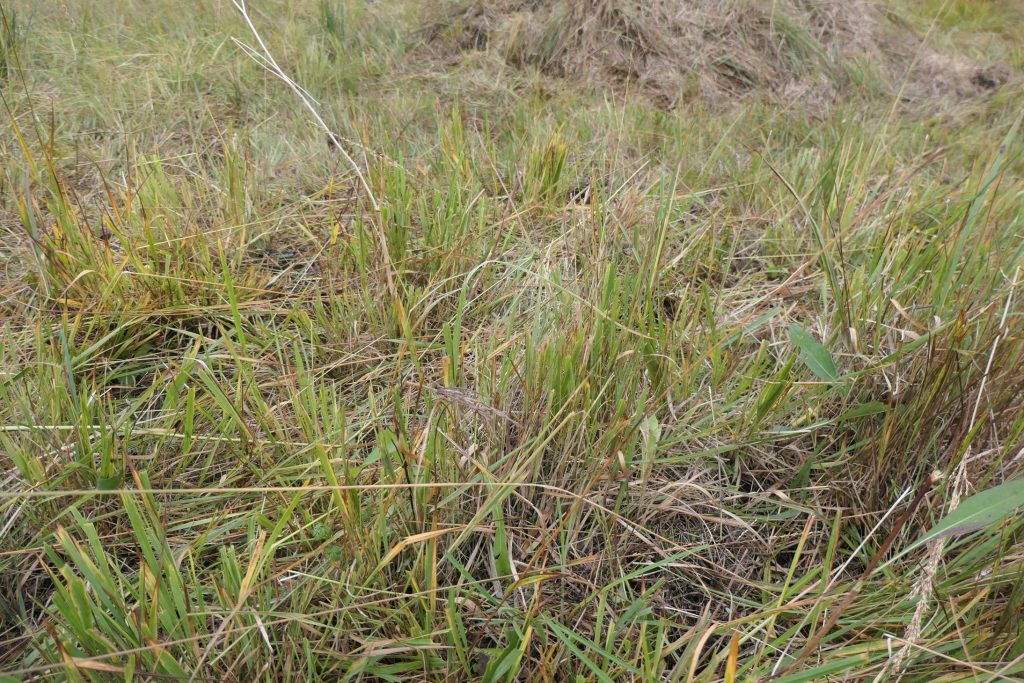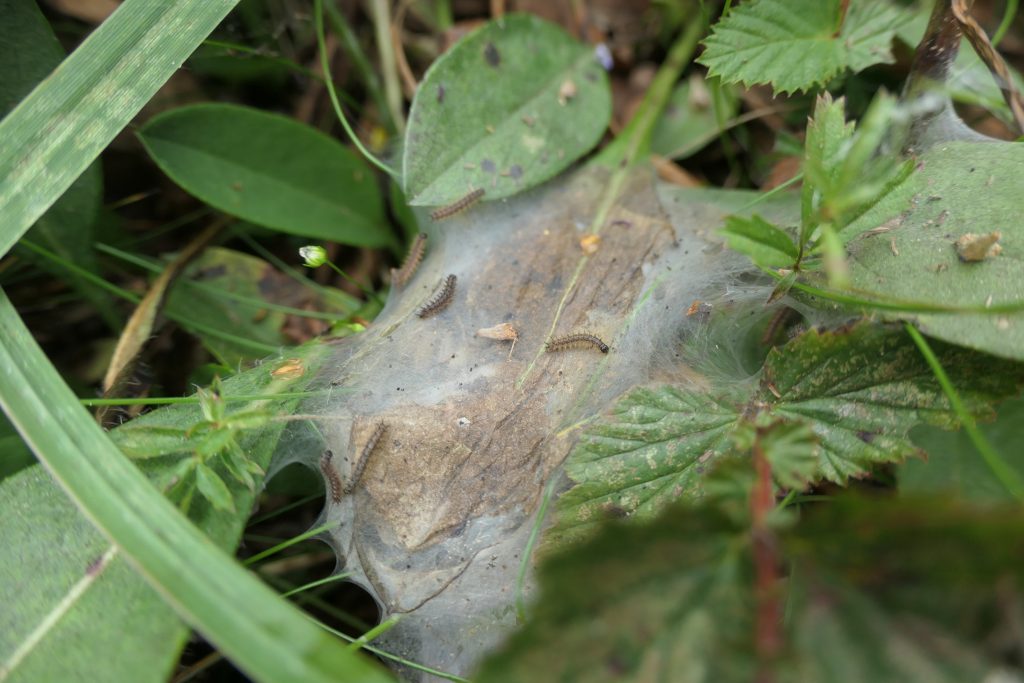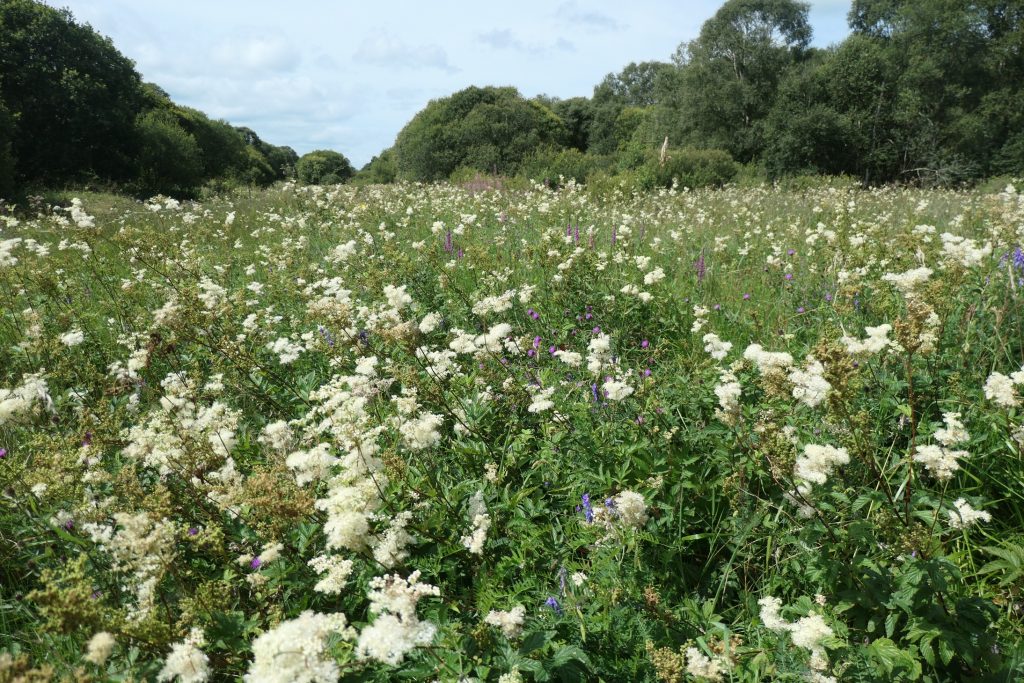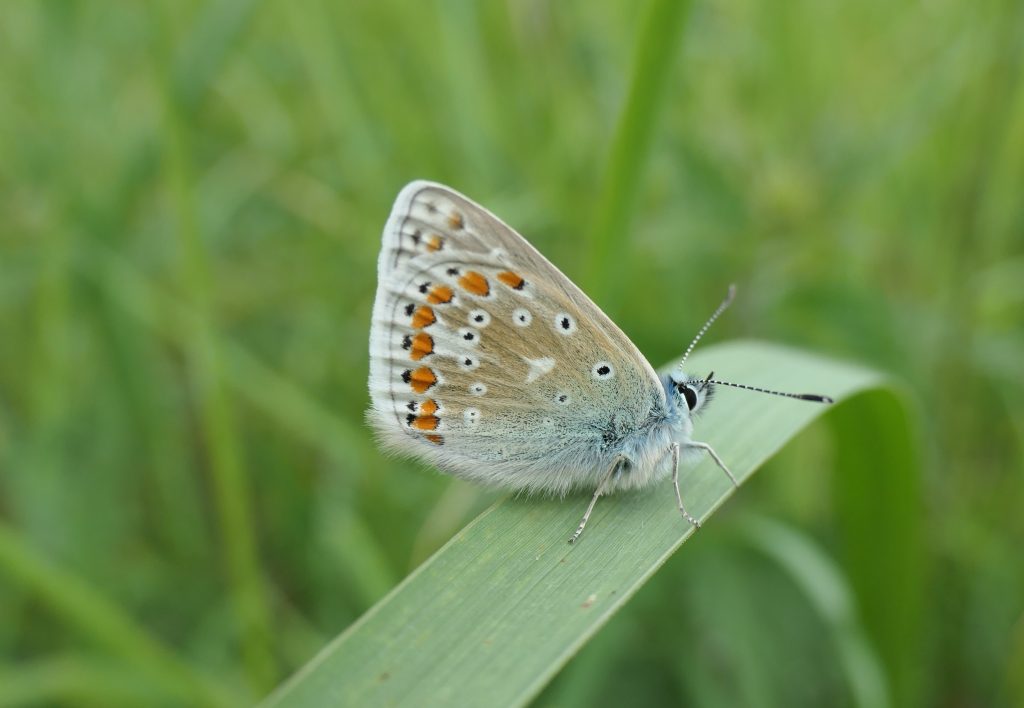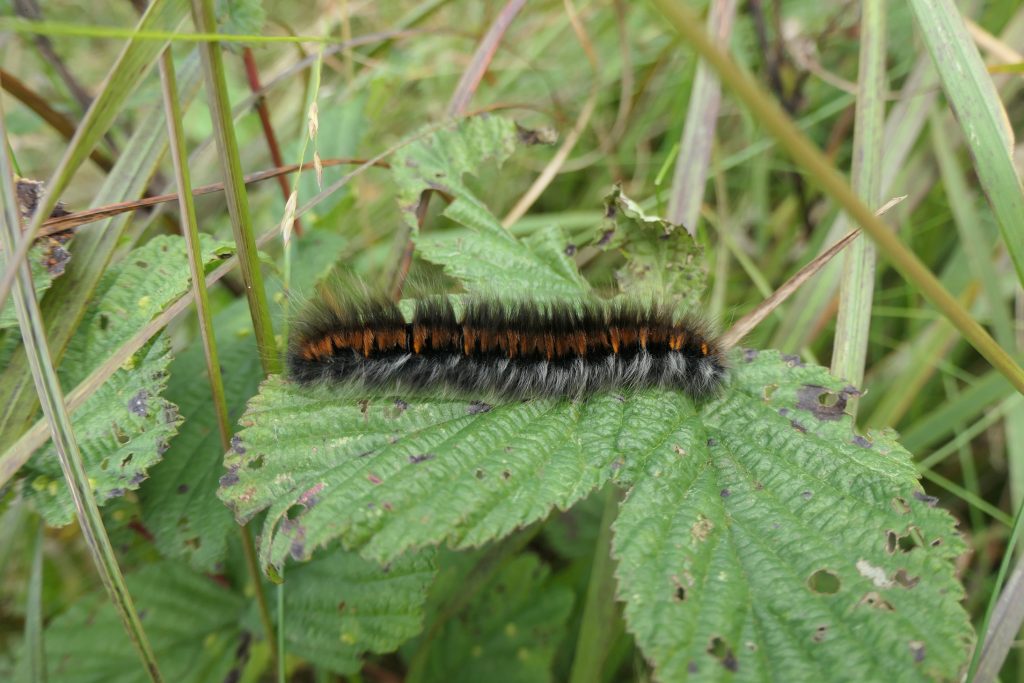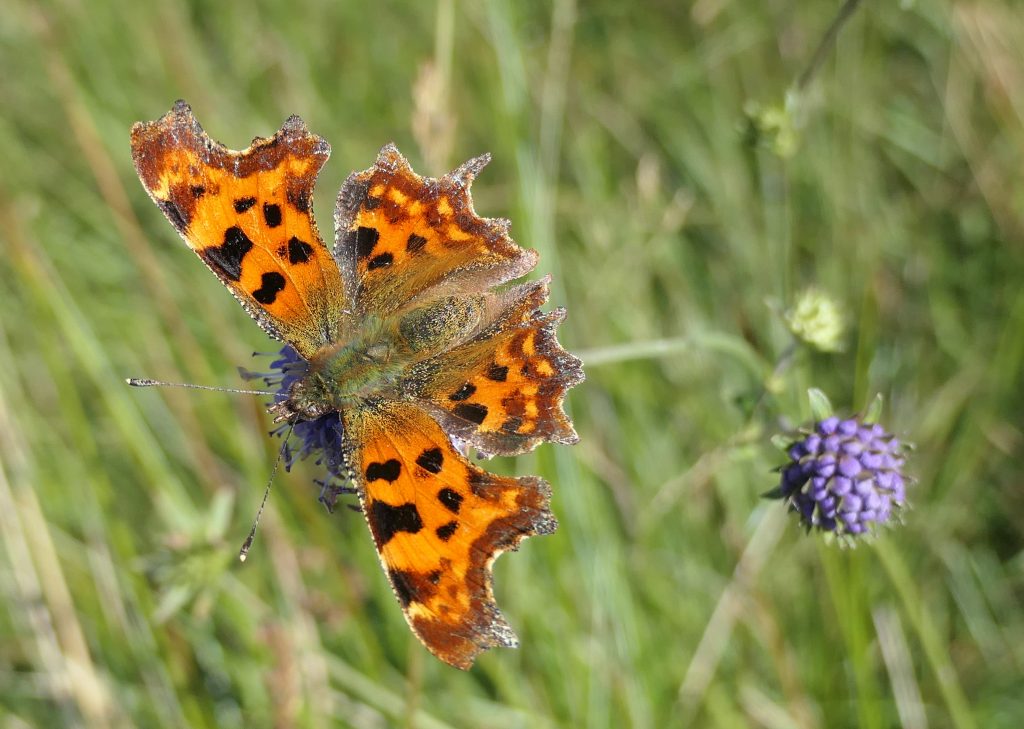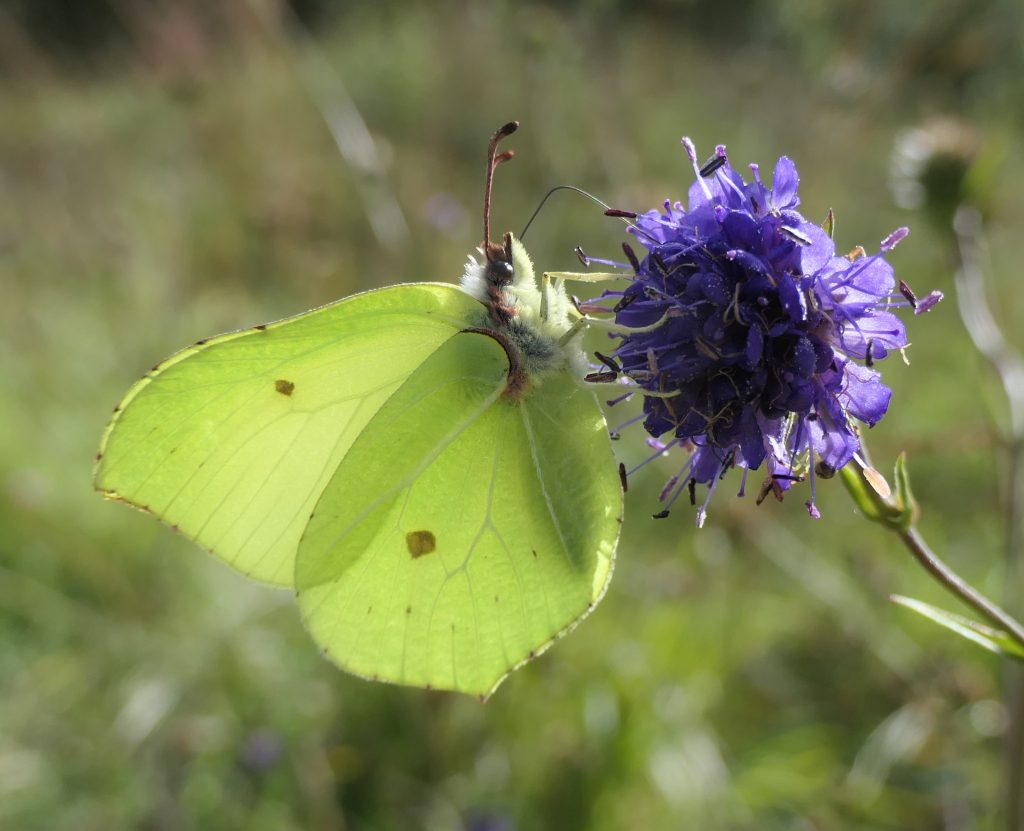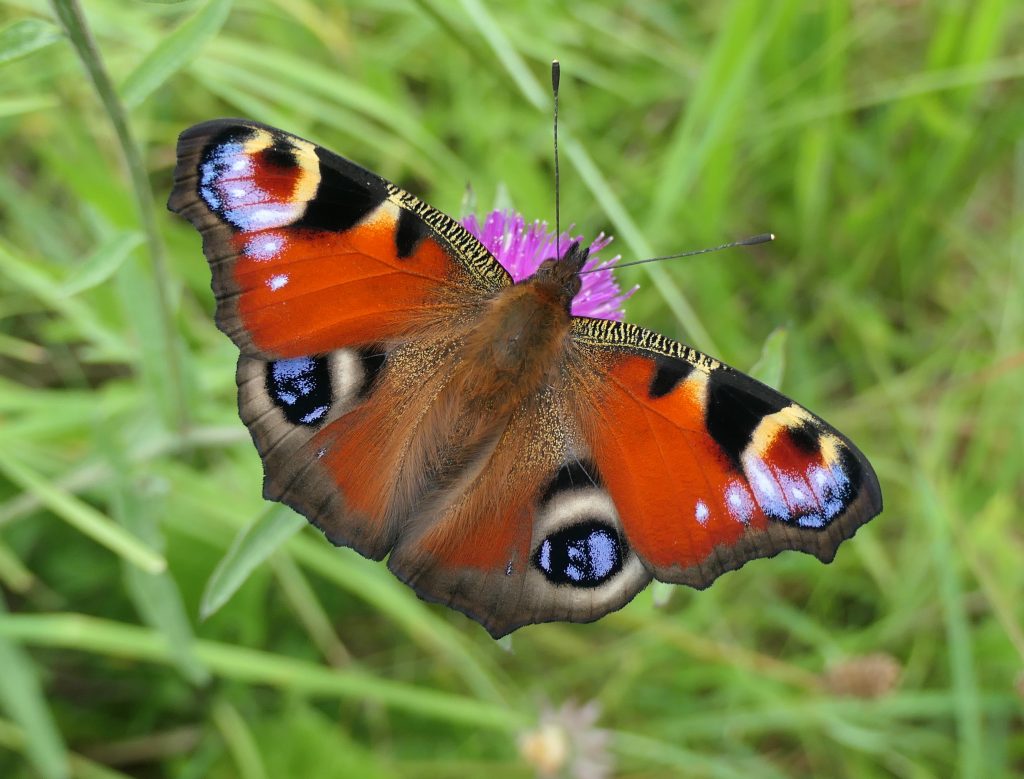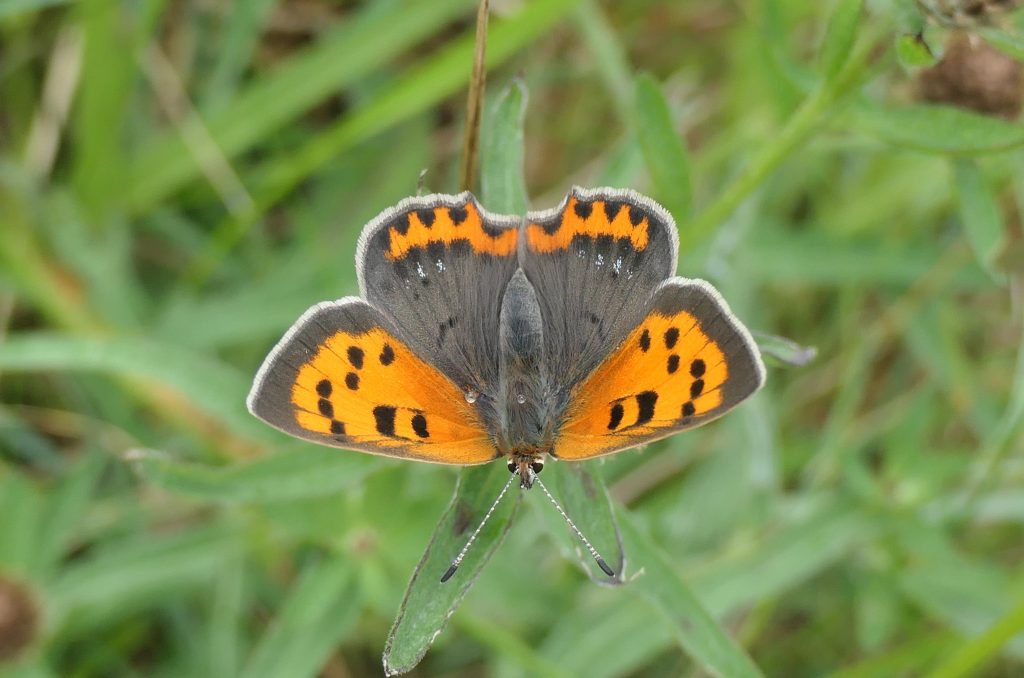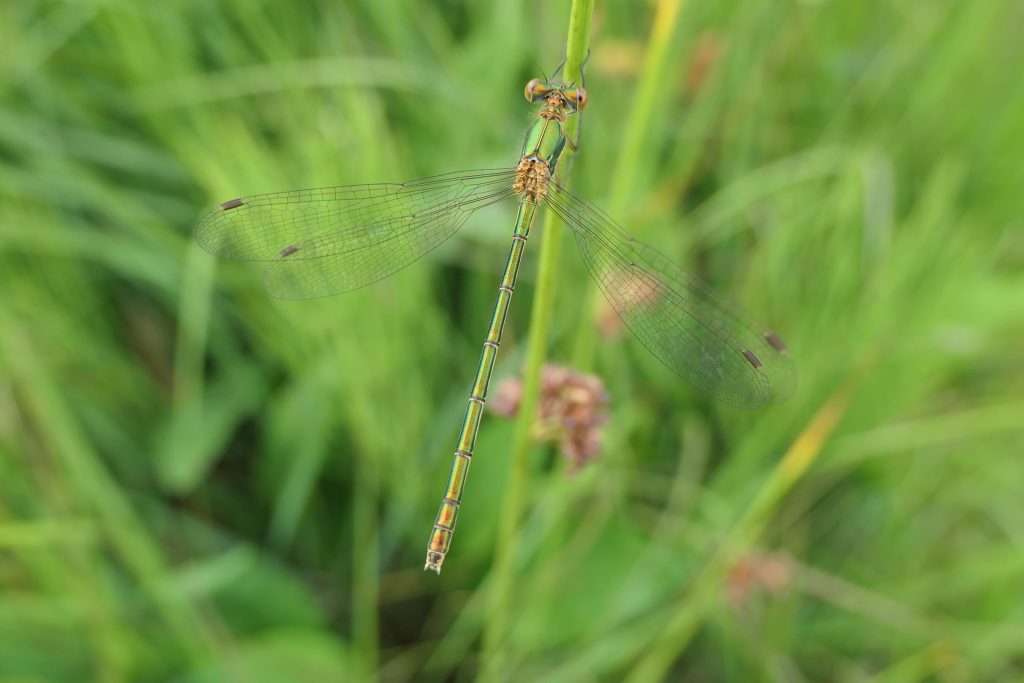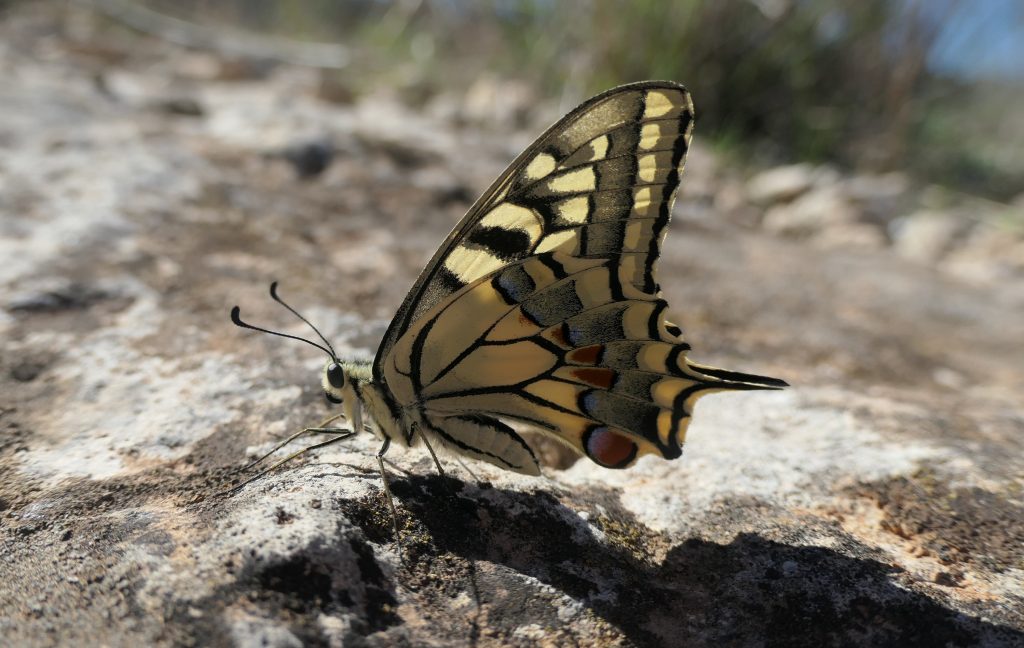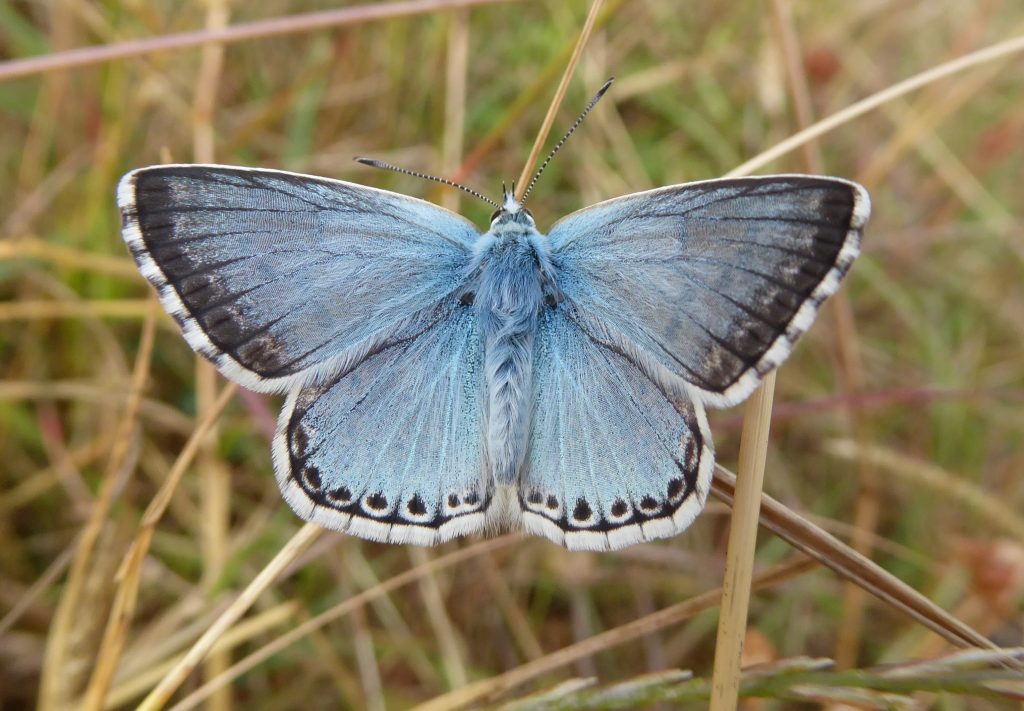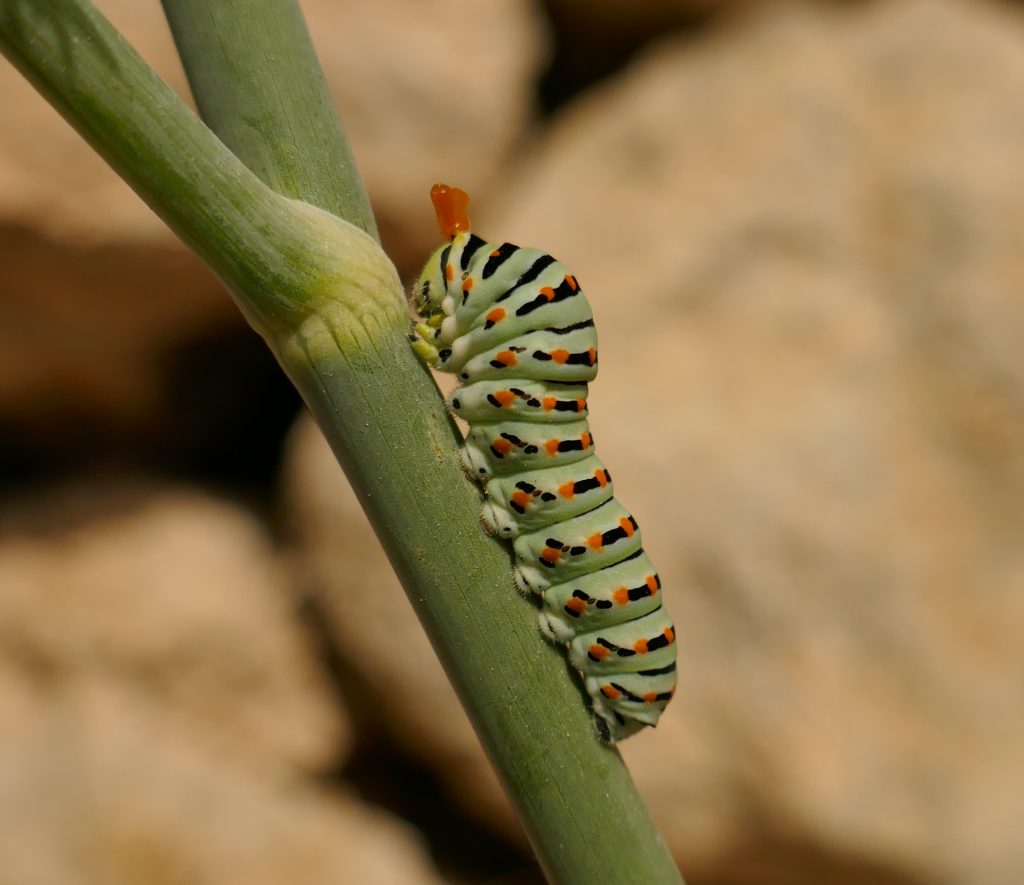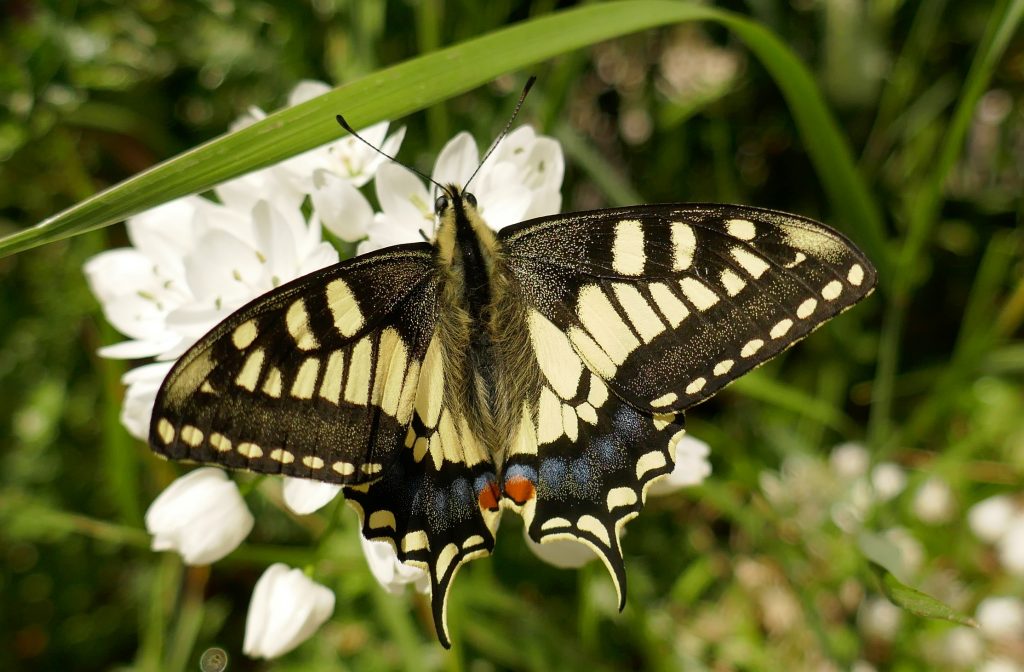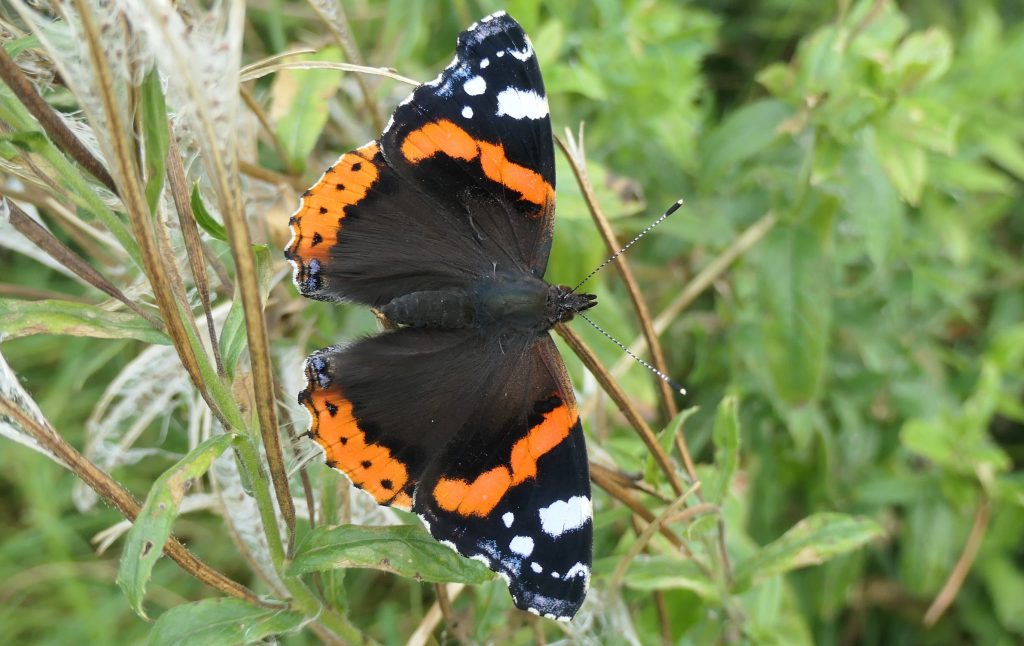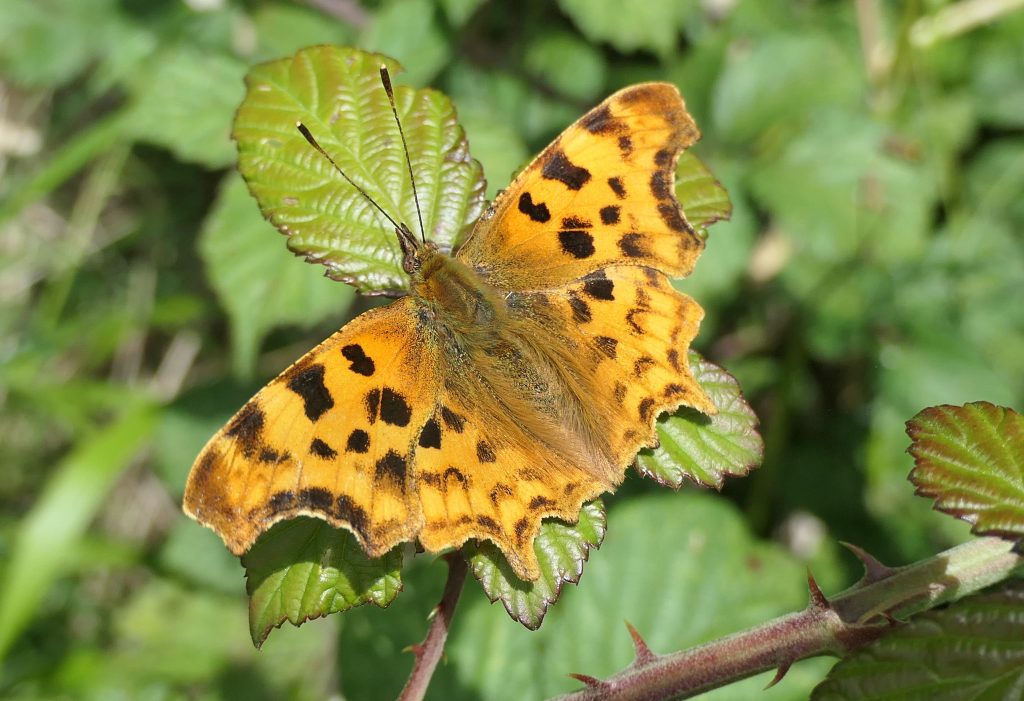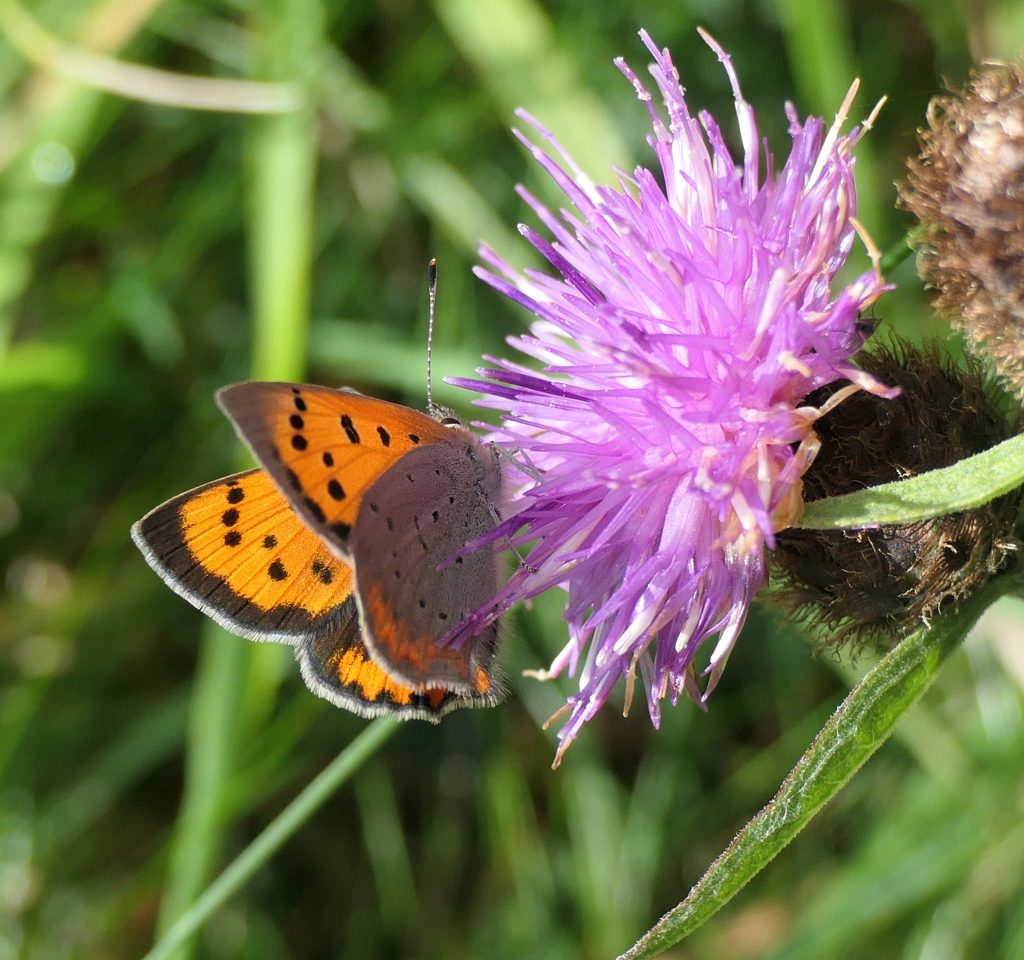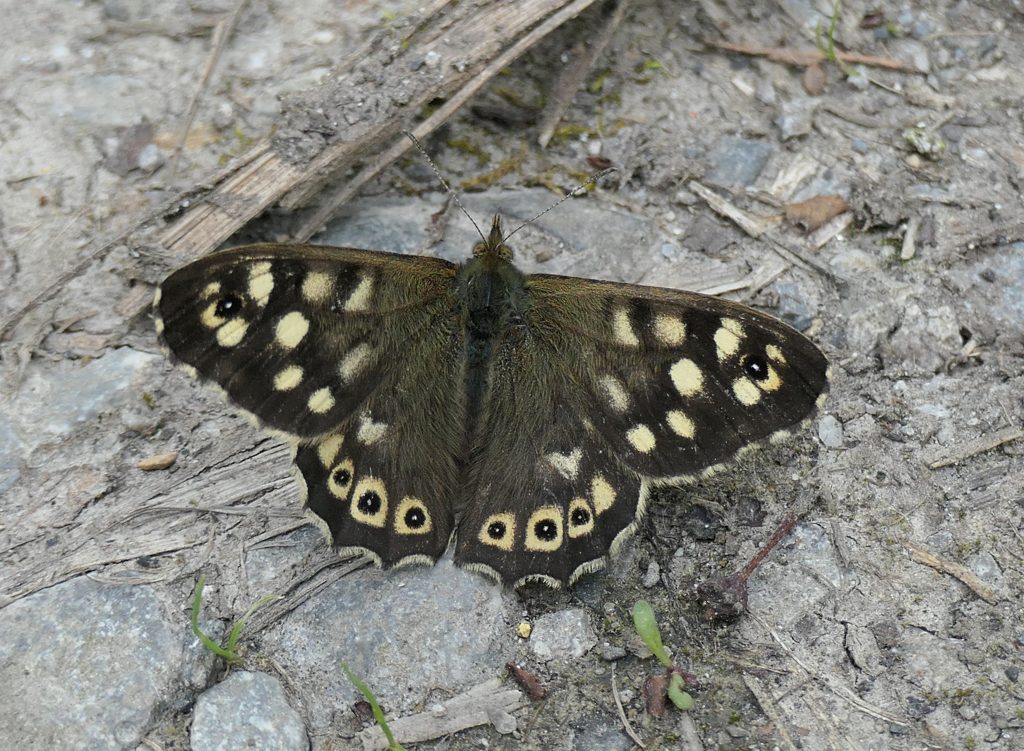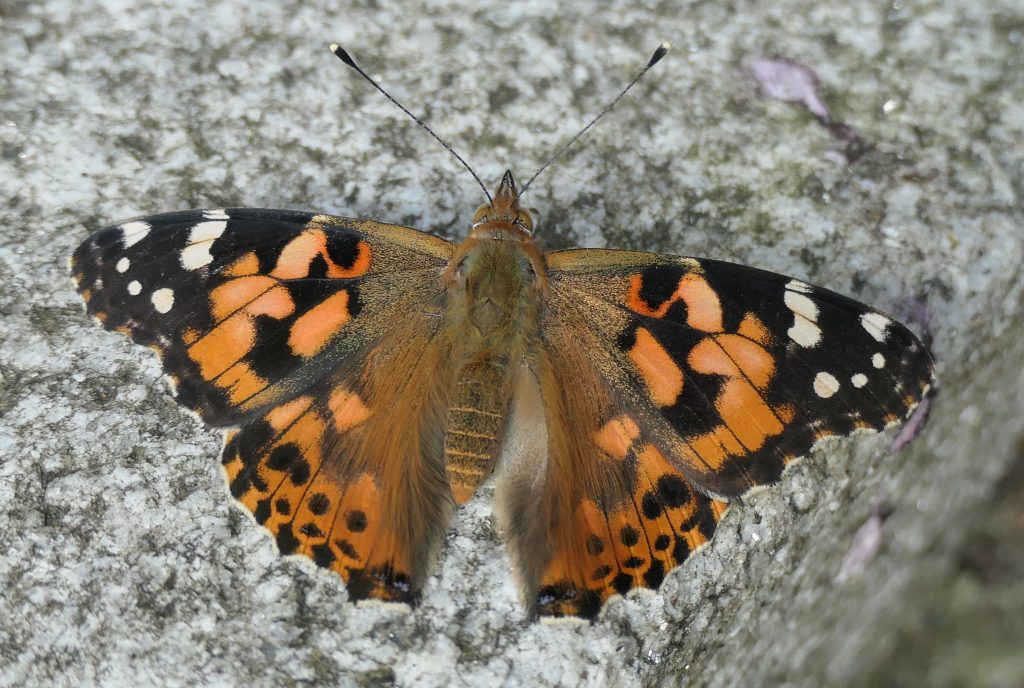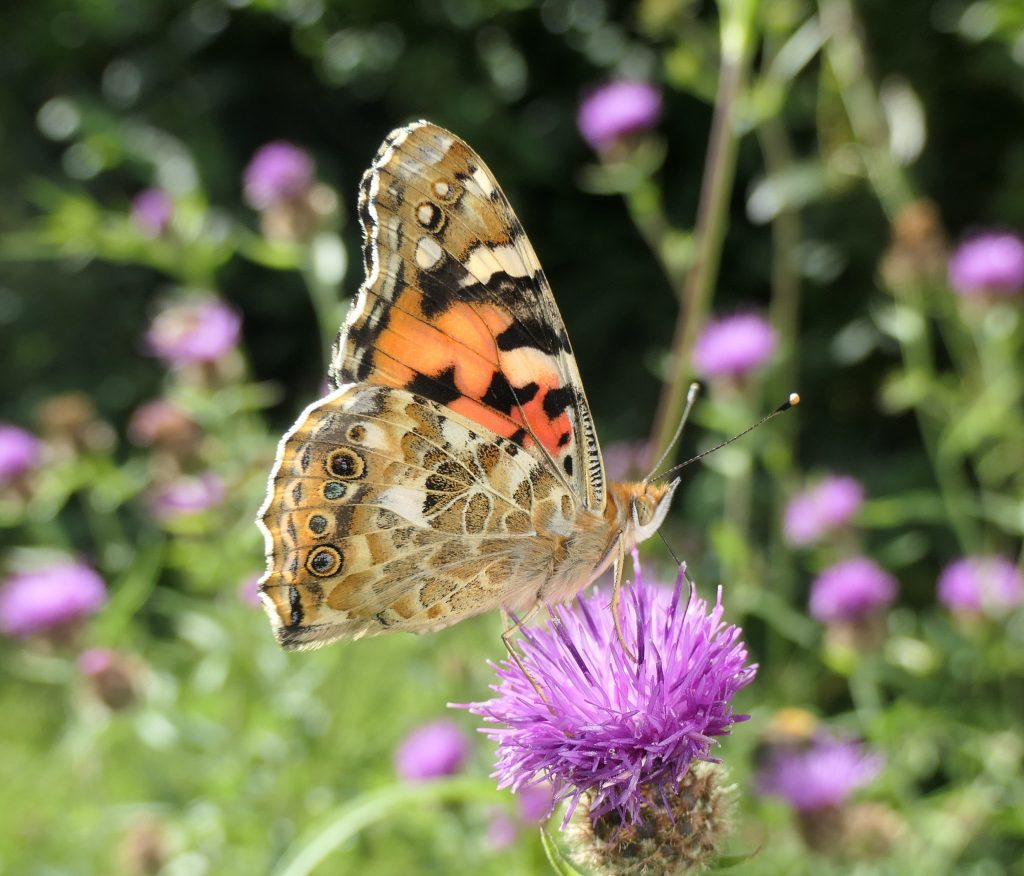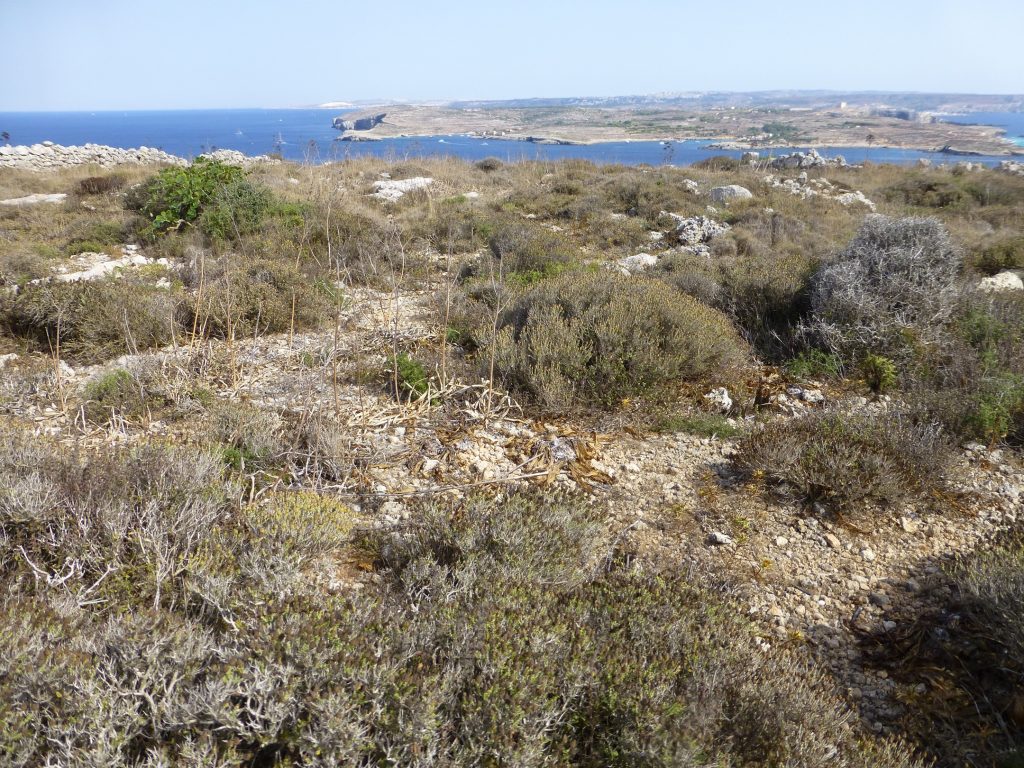In a classic scene in Only Fools and Horses, the road sweeper, Trigger, proudly displays a medal awarded to him by the council for saving the council money. Trigger, not known for his intellectual prowess, claims to have maintained the same broom for twenty years. The broom had 17 new heads and 14 new handles in its time. So, it wasn’t the same broom. However, Trigger understood the value of caring for his broom. His proud motto is ‘Look after your broom.’ It is a pity we all don’t follow suit when it comes to our soils.
To achieve 6.5 tonnes (t) of spring barley per hectare (ha), Teagasc, the Farm Advisory Service in the Republic of Ireland, advises the application of 135 kg of Nitrogen per hectare (t/ha); for 8.5t/ha, it advises 175kg/N/ha on land classified as soil index 1 for Nitrogen. This classification, the lowest, indicates the soil has low availability of Nitrogen, typically due to overexploitation of the soil. The lowest rate of Nitrogen application advised is for soil index 4: here the advice for spring barley is 40kg, 60kg and 80 kg for 6.5, 7.5 and 8.5t/ha, respectively (https://teagasc.ie/crops/soil–soil-fertility/crop-n-p-k-advice/spring-cereals/spring-barley/).
Spring wheat requires more; 200kg/ha of Nitrogen for soil index 1 to grow 9.5t/ha of spring wheat. These figures do not include the application rates for Phosphorous (P) and Potassium (K) (https://teagasc.ie/crops/soil-soil-fertility/crop-n-p-k-advice/spring-cereals/spring-wheat/).
For spring oats, the figure for index 1 soil is 150kg/N/ha and 52.6kg/P/ha and 155kg/K/ha for 8.5t/ha of spring oats. Enjoy your porridge.
This is just the fertiliser. Fungicide to protect from the crop mildew is recommended at three growth stages of the crop (https://teagasc.ie/crops/crops/cereal-crops/spring-cereals/disease/).
To deal with weeds, Teagasc recommends more than 14 herbicides. ‘Weeds’ are typically plants that colonise tilled soil, such as Corn Marigold, chickweed, Common Poppy and Red Deadnettle. Several doses are advised depending on conditions. In cool weather, leaves develop a wax coating. This means that more herbicide is needed to kill the weed. If weeds show resistance, Teagasc recommends using acetolactate synthase (ALS) herbicides, which are more potent and work to reduce or prevent the production of amino acids and therefore plant growth (https://teagasc.ie/crops/crops/cereal-crops/spring-cereals/weeds/). Weeds can become locally resistant to ALS herbicides, so crop rotation is advised. Enjoy your bread.
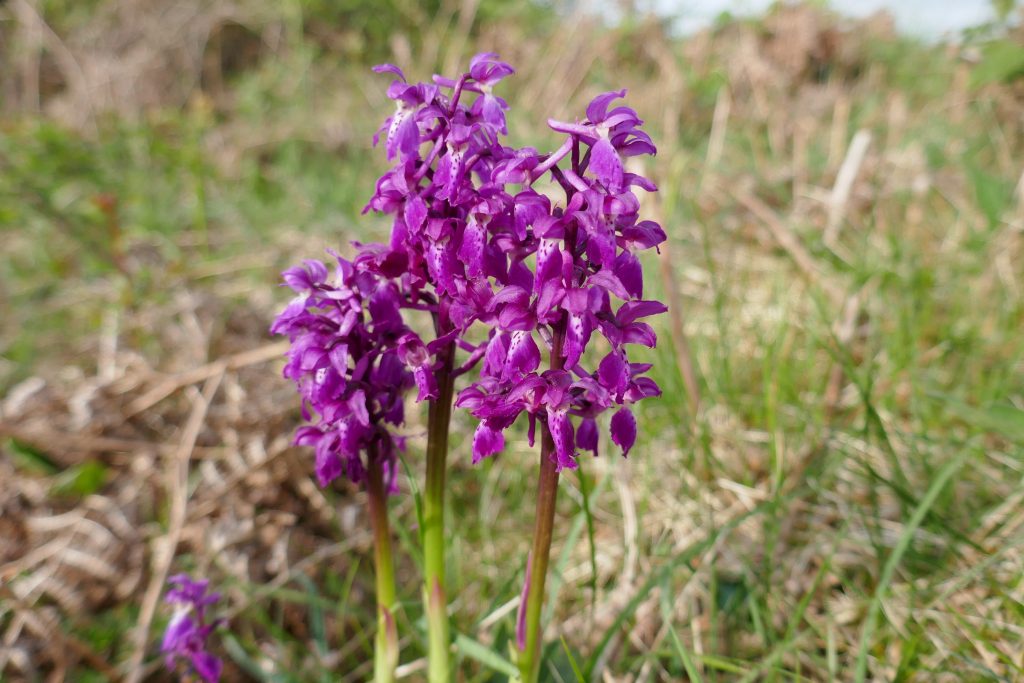
Crops, like most plants, attract herbivorous invertebrates such as aphids, slugs and leatherjackets (cranefly larvae). To kill aphids, Teagasc advises using chemicals such as Pirimicarb, a carbamate insecticide used to control aphids on various crops by inhibiting the enzyme acetylcholinesterase (to impair brain function). It is a selective insecticide, though some studies show it can negatively affect beneficial insects such as ladybirds, at sublethal doses.
Metaldehyde and Ferric Phosphate products are recommended to kill slugs (https://teagasc.ie/crops/crops/cereal-crops/spring-cereals/pests/). Metaldehyde is a white, crystalline powder that is also flammable and highly toxic if ingested, causing symptoms like seizures, coma, and liver/kidney damage in both animals and humans. Ferric Phosphate, while much safer, can harm pets and damage water quality. Enjoy your Weetabix.
The growth of grain crops in intensive systems uses huge and expensive and polluting fertiliser inputs, herbicides, fungicides and pesticides, usually in successive doses. Enjoy your cornflakes.
The information above only looks at some arable land. If we look at land managed for grazing, which is the majority of Ireland’s land surface, the advice about chemical inputs shows massive amounts of polluting synthetic fertiliser use. Just to take a single pollution example: some Nitrogen applied to soil escapes as a gas, Nitrous Oxide.
This is 265 times more warming than CO2. When deposited back onto the land, nitrogen damages sphagnum moss, causing bogs to emit CO2 rather than store it. Non-target soils are fertilised when Nitrogen is deposited from the atmosphere, removing plants intolerant of high nitrogen environments, and poisoning caterpillars feeding on plants that take up increased nitrogen. Even if some larvae can withstand increased nitrogen levels, plant communities are altered, creating greener vegetation that depresses temperatures, reducing or destroying the ability of caterpillars to digest their food, resulting in longer development times or death.
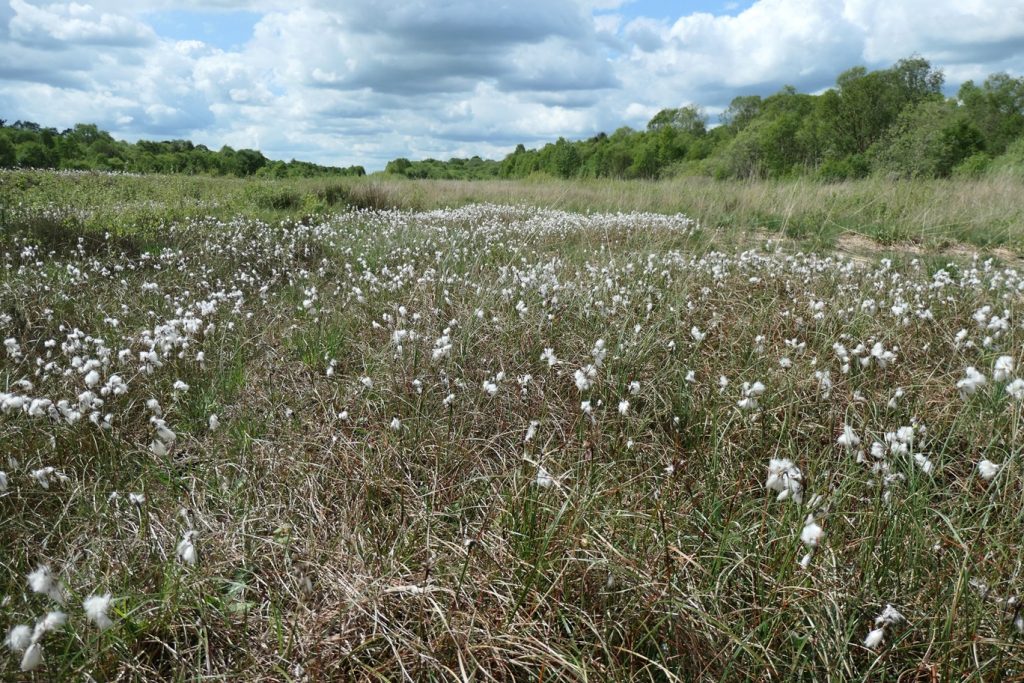
This is a toxic, polluting, climate-warming mass production environment. Our farmed land has had more alterations than Trigger’s Broom (https://www.youtube.com/watch?v=LAh8HryVaeY). A fatal zone for wild plants, insects and animals. No wonder our butterfly and moth populations are crashing. No native butterfly is increasing. Enjoy your cereal.
Does it have to be this way?
No. Organic farming offers a better solution. It is less intensive, involves no artificial fertilisers, no herbicides, pesticides or fungicides. In the words of one organic farmer,
Your main cost is seed and paying a contractor to spread some cattle slurry or composted FYM (farmyard manure).
After that you close the gate. Straight organic cereal for animal feed is currently trading for about €400 per tonne, and the combination crops (mixture of legume and grain) are selling for higher.
You don’t need to be a maths genius to work out that if what you’re selling is double the price of conventional and that your yields are half that of conventional, well then the higher profitability comes from the significantly reduced input costs (synthetic fertiliser, herbicide, application costs, etc). A 10-year-old could do that calculation!
(https://teagasc.ie/news–events/daily/converting-to-organic-tillage/).
According to the European Nitrogen Assessment published in 2011, the increased use of reactive nitrogen (N-r) as fertiliser supports a growing world population but has considerable adverse effects on the environment and human health. Five key societal threats of N r are identified: to water quality, air quality, greenhouse balance, ecosystems and biodiversity, and soil quality. Cost–benefit analysis shows how the overall environmental costs of all N-r losses in Europe (estimated at €70–€320 billion per year at current rates) outweigh the direct economic benefits of N-r in agriculture. The highest societal costs are associated with loss of air quality and water quality, linked to impacts on ecosystems and especially on human health (https://www.nine-esf.org/files/ena_doc/ENA_pdfs/ENA_policy%20summary.pdf.).
Synthetic fertiliser does not improve the nutritional quality of food.[i] It increases yields. With typical additional inputs from biological nitrogen fixation (BNF), a hectare of good agricultural land in Europe can produce about 4–6 tonnes of cereal per ha, and with the addition of chemical fertiliser, about 8–10 tonnes per ha.
A great problem with these fertilisers is that most of the Nitrogen applied is not absorbed by the crops and livestock. The European Nitrogen Assessment puts it starkly:
The Nitrogen recovery (kg N taken up by a crop per kg of applied N) provides a measure of environmental N-loss in crop production. For cereals, it varies 30%–60% across Europe, indicating that 40%–70% of the fertiliser N-r applied is lost to the atmosphere or the hydrosphere (the planet’s water). The nitrogen recovery in animal farming is inherently lower than in crops, with only 10–50% of N r in feed being retained in liveweight and 5%–40% in edible weight.
Taking just one example of the damage to human health caused by excess N-r: high nitrate concentrations in drinking water are considered dangerous for human health, as they might cause cancers (colon) and (albeit rarely) infant methaemoglobinaemia. N-r level must be reduced.
This point was not mentioned in the report, but agricultural production levels are excessive, given that we throw away so much food. We are using unnecessarily high N-r in farming.
In the EU, over 58 million tonnes of food waste (130 kg/inhabitant) are generated annually (Eurostat, 2025), with an associated market value estimated at 132 billion euros (SWD (2023)).
At the same time, over 42 million people cannot afford a quality meal every other day (Eurostat, 2023).
Globally, approximately a third of all food produced for human consumption is lost or wasted (FAO, 2011). FAO’s Food Loss Index (FLI) estimates that globally, around 14% of all food produced is lost from the post-harvest stage up to, but excluding, the retail stage (FAO, 2019).
Households generate more than half of the total food waste (53%) in the EU (accounting for 69 kg per inhabitant) (Eurostat, 2025). The remaining 47% was waste generated upwards in the food supply chain: 19% by the manufacture of food products and beverages (24 kg per inhabitant), 11% by restaurants and food services (14 kg per inhabitant), and 8% in the retail and other distribution of food (10 kg per inhabitant).
Given that households generate most food waste, there is a huge scope for individual action to tackle this problem. We don’t simply waste food by throwing it away; we waste it by overconsumption. Many of us are overweight. EU statistics published in 2024 show that over half of Ireland’s population aged 16 and over is overweight. 50.6% of people aged 16 years or over in the EU were recorded as being overweight in 2022. The most overweight country in the EU is Malta (62% of the population), and the least is Italy (41.3%). Being overweight is bad for human health and bad for nature.
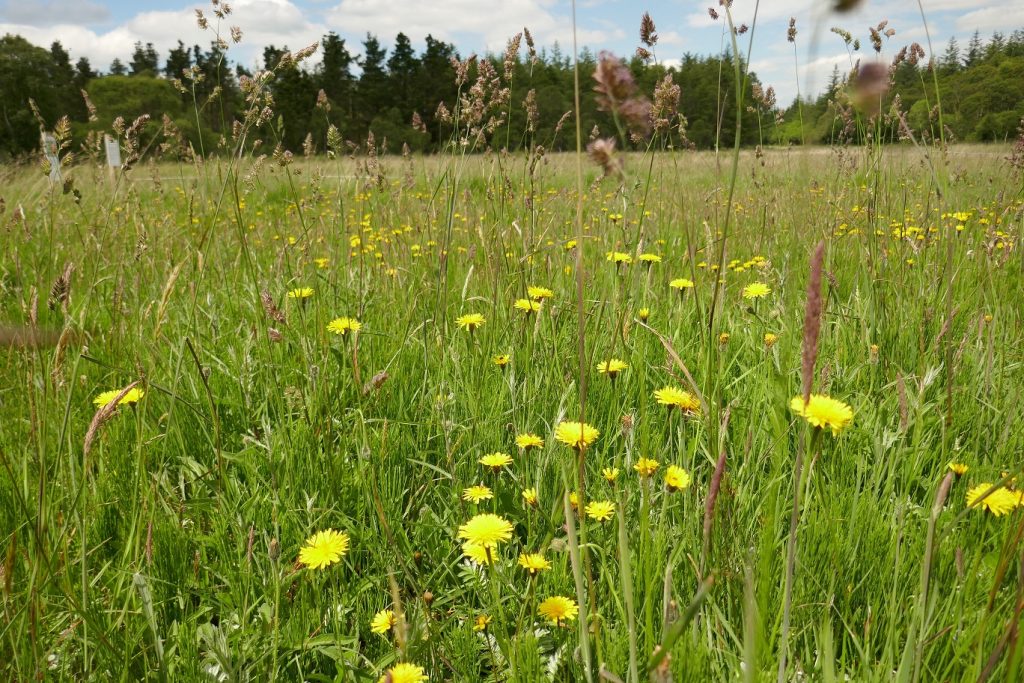
We are talking about individual choices. Don’t over-buy, don’t waste food, buy organic, be healthy, farm without synthetic chemicals. Then we will have clean water, clean air, flourishing biodiversity, a healthy climate and healthy soil, all helping to produce good food.
Look after your broom.
Key Reference
Trees, I. (2018). Wilding, Picador, London.
[i] Evidence exists that intensive farming strips soil of micro-organisms that make micro-nutrients available for uptake by plants. The Department of Chemistry and Biochemistry at the University of Texas analysed US Department of Agriculture nutritional data from 1950 and 1999 for 43 vegetables and fruits and found declines in protein, calcium, phosphorus, iron, riboflavin and vitamin C over the period. A similar UK study found declines: during the period from 1940-1991, potatoes lost 47% of their copper, 45% of their iron and 35% of their calcium (Trees, 2018).

